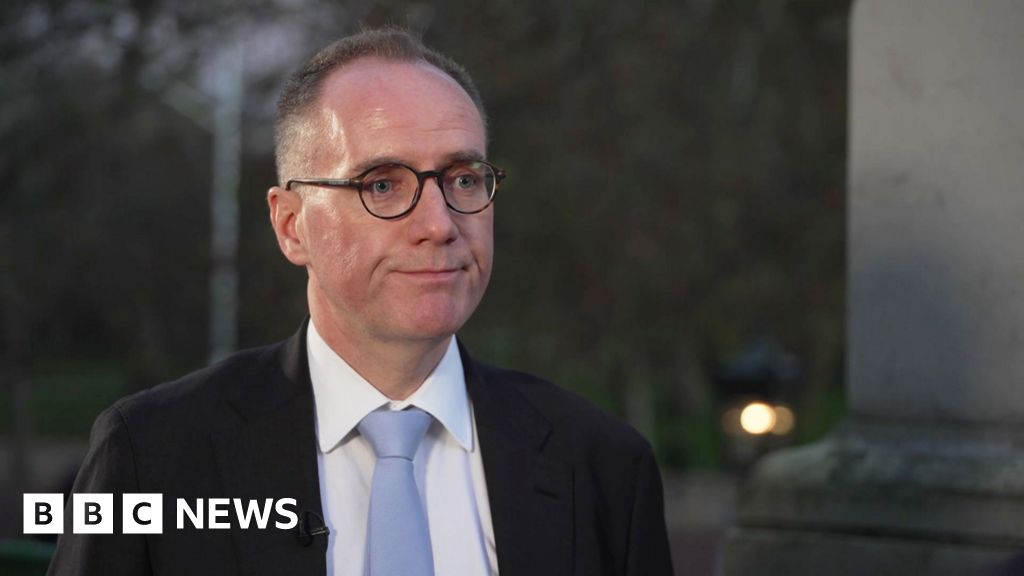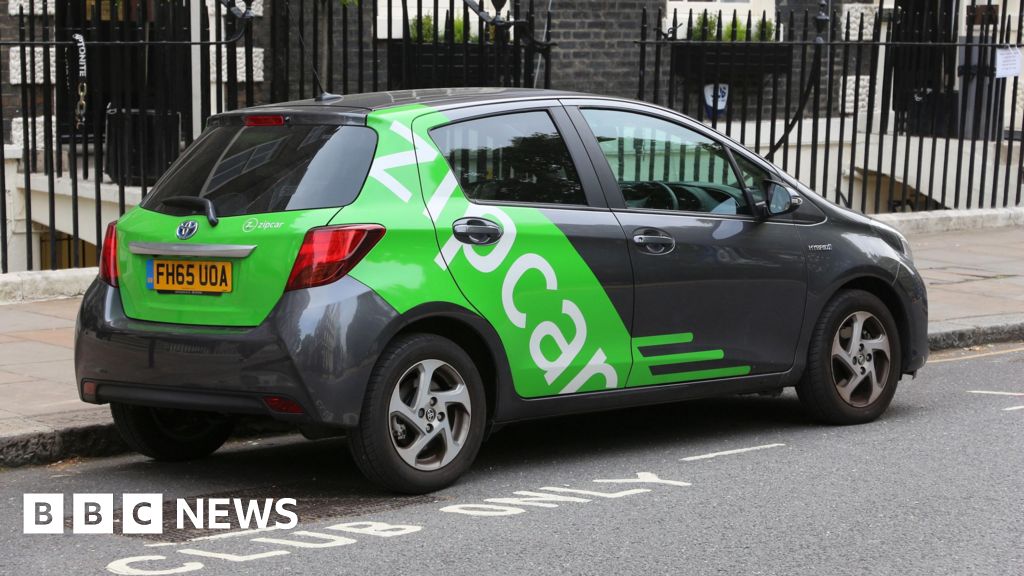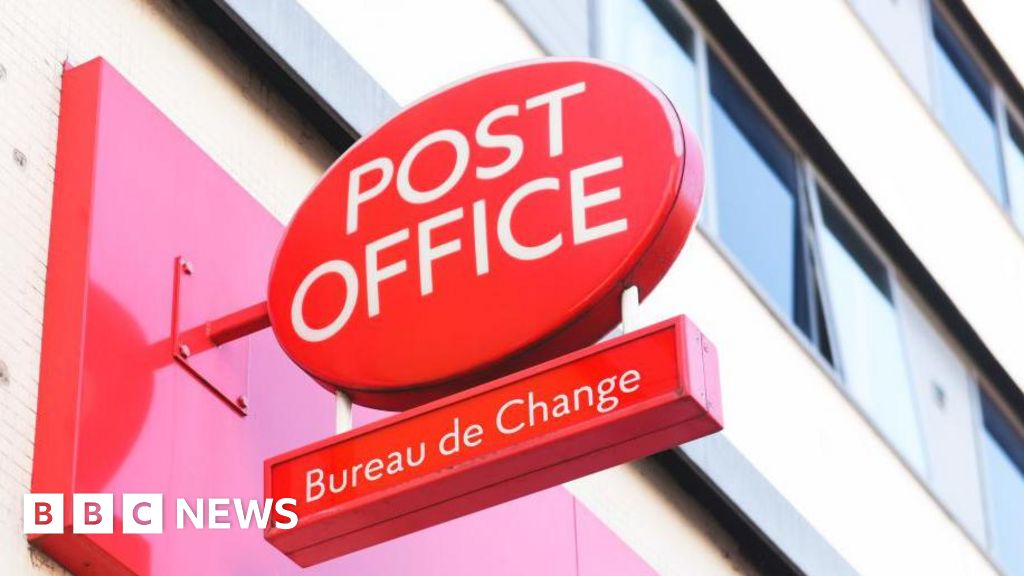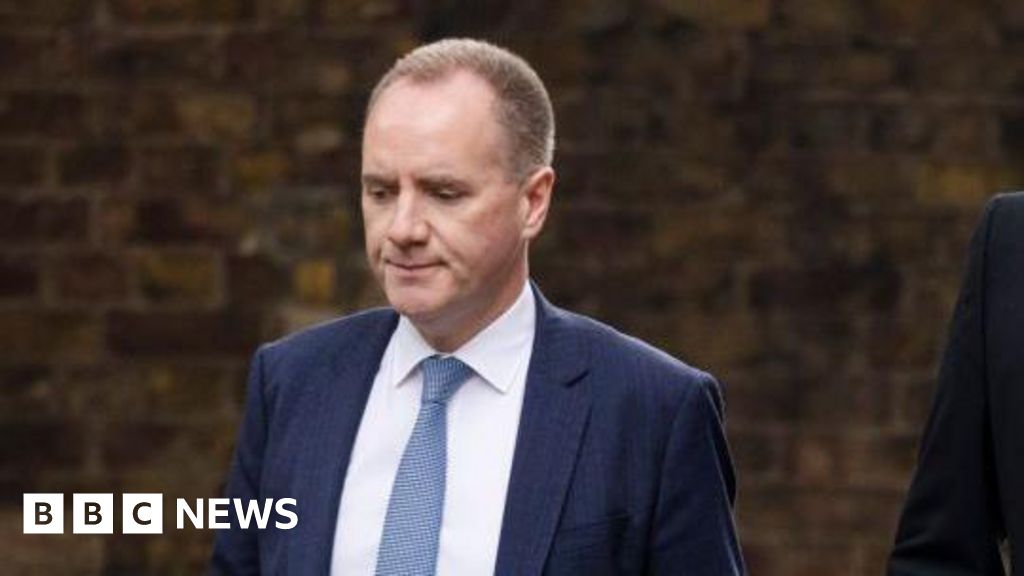
Ale_Mi/Depositphotos
Believe it or not, we are approaching the 10-year anniversary of the drafting of the Paris Agreement, the landmark international treaty on climate change. The agreement was negotiated at COP21 in Paris between 30th November and 12th December 2015, and with COP30 now approaching (only the 9th COP since 2015 due to Covid preventing it in 2020) now would seem a good time to pick out some of the most important themes from the last ten years of countries implementing their climate goals, in anticipation of the debates that will be had in the upcoming COP meeting. The Paris Agreement is way off target to meet its goal of limiting global warming to 1.5 degrees Celsius. Last year’s UN Emissions Gap report stated that ‘A continuation of current policies is estimated to limit global warming to a maximum of 3.1C (range 1.9-3.8C) over the course of the century.’ This is why the big message from the UN Secretary-General, Antonio Gutierres, is that countries must arrive to COP30 prepared to increase their commitments. ‘The science demands action. The law commands it. The economics compel it. And People are calling for it’ he proclaimed in a powerful opening statement in New York in September.
Meanwhile, emissions are still rising with a very mixed picture on commitment to renewable energy over fossil fuels. Both the US and the EU have increased their reliance on non-renewable energy with the rhetoric of the US President signalling that their policy will only be going further in that direction for now. The demand of electricity grew faster than renewable energy could supply in 2024 and International Energy Agency has projected that government policy will halve the US’s predicted renewable energy growth for the decade. The story in the EU was one of months of weak performance from the wind and Hydropower sectors which caused an increased reliance on fossil fuels. The International Energy Agency revealed that in 2024 coal was still the world’s largest individual source of energy generation.
Few countries are individually on track to meet their climate goals and their have been some high-profile failures to meet deadlines including China and India who missed the 10th February 2025 deadline to submit updated climate plans. Meanwhile, the US, the world’s second-largest emitter have recently withdrawn from the agreement for a second time upon President Trump’s return to office after President Biden had rejoined. This overview paints a glum picture for the current success of the Paris Agreement with much to be addressed at COP30. However, within the disappointing overall performance there are positives to take and recent green shoots of hope which mean that the Paris Agreement still has both utility and potential.
The first thing to say in favour of the Paris Agreement is that progress towards emissions reductions would be in a far worse place if it didn’t exist. It has raised the bar for what countries are now achieving and implementing whether or not that is enough for them to be reaching their targets. Progress continues to be made year on year and since the original agreement there have been further steps agreed at subsequent COPs that have made implementation far easier and more effective. This includes the ‘Paris Rulebook’, finalised at COP26 which sets out implementation details that look to instil discipline in countries to implement their goals and makes them more accountable as well as drives ambition. While states do preserve autonomy, flexibility, and discretion on how they reach their targets, the rulebook makes it more likely that states will reach their targets. Measures include establishing a five-year cycle for countries to submit more ambitious nationally determined contributions, it also asks countries to regularly report on their progress with transparency. This then leads to an overall stock-taking of progress for each individual country as well as the global picture. It also provides a framework for financially supporting developing countries in their targets and sets out rules of cooperation between countries which prevents countries double-counting emissions reductions. The financial support of developing countries and support for climate adaptation in countries worst effected has been a more successful story of the last ten years. At COP29, a goal of raising $300 billion annually for developing nations was agreed upon and in the previous year a fund was established to help countries recover from climate impacts.
While the picture on renewable energy seems to be negative particularly in the US and Europe there are green shoots of hope in that area which are very promising for future progress. Indeed, global energy think tank, Ember, has recently revealed that renewables as a collective have overtaken coal as the world’s leading source of electricity in the first half of 2025. In the absence of growth in the US and the EU, China has set the pace in this increase. While it is still a huge-emitter of greenhouse gases and has added to its coal-fired power stations, China is also adding more solar and wind to its energy production than the rest of the world combined. This has outstripped its electricity demand and led to a reduction of fossil-fuel generated electricity by 2%. There is a similar story in India which has cut back on oil and gas in favour of more renewable capacity.
There was further positive news from China with the announcement of their first absolute emissions reduction targets in September. While they missed the February deadline, the world’s largest emitters do seem to be committed to the long-term process of climate mitigation. Their pledge is to cut greenhouse gas emissions by 7-10% by 2035 combined with their strong progress and further targets on renewable energy. This is positive from the country which bears the largest weight of responsibility to contribute to emissions targets and other parties will be hoping that they will be able to increase their ambition and go further in their targets soon. This is especially critical in the absence of US leadership in this area now. With both President Trump and President Xi having received letters from Brazilian President Lula urging them to attend COP30, the movements of both these countries will be sure to be under the most scrutiny at the upcoming conference. This is especially true in the context of close to 100 other countries already pledging new and more ambitious climate targets in the lead up to COP. The will of smaller countries to meet these targets will surely be strengthened by seeing as many of the world’s powerful nations as possible come to COP with ambition.
Overall, far more needs to be done to meet the goals of the Paris Agreement and it has so far been disappointing to see so few of the parties who signed up to the agreement shortly after COP21, meet those targets. However, the overall framework of the Paris Agreement has created a fair more urgent, ambitious, and motivated international atmosphere around the climate change issue than would otherwise have been the case. In the ten years since the drafting of the agreement, more has been done year on year to increase the climate targets of each party and encourage them to go further in terms of ambition and implementation. The conclusion therefore would be that while the Paris Agreement is yet to go far enough in its outcomes it has still been the greatest force for progress yet seen in the global climate governance space.
Further Reading on E-International Relations
About The Author(s)
Daniel Drury works on the Thinking Global podcast team at E-IR. He is a doctoral researcher in the School of International Relations at the University of St Andrews. His research focuses on the environmental governance of the Amazon region and how effective the partnership of international organisations and local government is in protecting and preserving this ecosystem. He has a professional background working in environmental policy for NGOs in Brussels. He has also written on populism in Central Europe.
Before you download your free e-book, please consider donating to support open access publishing.
E-IR is an independent non-profit publisher run by an all volunteer team. Your donations allow us to invest in new open access titles and pay our bandwidth bills to ensure we keep our existing titles free to view. Any amount, in any currency, is appreciated. Many thanks!
Donations are voluntary and not required to download the e-book - your link to download is below.

 Movie
Movie 1 month ago
95
1 month ago
95 




![Presidents Day Weekend Car Sales [2021 Edition] Presidents Day Weekend Car Sales [2021 Edition]](https://www.findthebestcarprice.com/wp-content/uploads/Presidents-Day-Weekend-car-sales.jpg)




 English (United States)
English (United States)